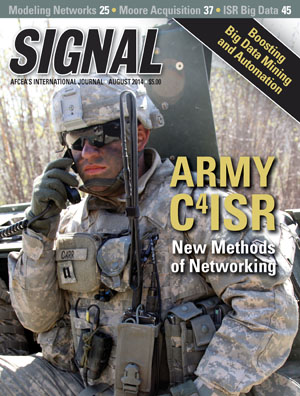Search Results for "" europe ""
Not finding what you’re looking for?
10 of 41 Results
European Events and Marketing
AFCEA's global reach means we have the capability to deliver your message to a highly engaged audience in ways that are memorable, informative and focused
European Education Scholarships and Grants
Members in Europe have access to a variety of different education and education funding.
Europe
AFCEA International is a professional membership organisation connecting people, ideas and solutions globally in the technology areas of cyber, defense, intelligence and security.
AFCEA Communities of Focus
AFCEA is home to a variety of robust and dynamic communities, some developed under the leadership of various governing committees and others formed organically through to support the mission and th
August 2014
 ARMY C4ISR
ARMY C4ISR